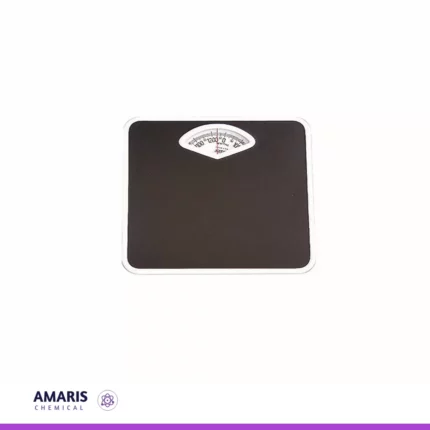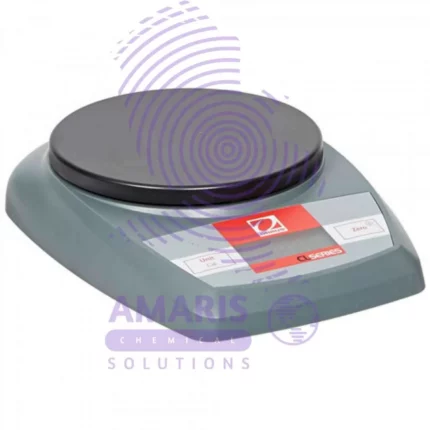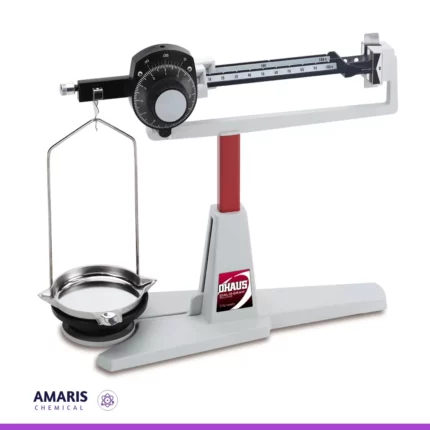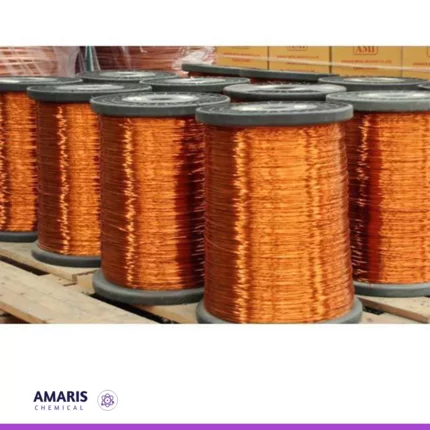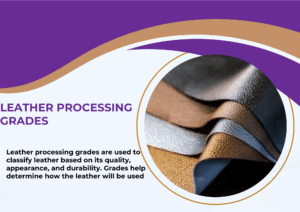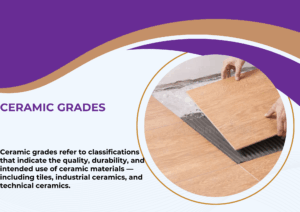

Semi Circle Glass Block
$300.00 Original price was: $300.00.$250.00Current price is: $250.00.
A semi-circle glass block, often referred to as a semi-circular prism or semi-circular lens, is a common laboratory tool used in optics experiments. It’s typically made of glass or another transparent material with a high refractive index.
In experiments, it’s utilized to demonstrate principles like refraction, total internal reflection, and dispersion of light. When light passes through the curved surface of the semi-circle, it undergoes refraction, bending either towards or away from the normal depending on the angle of incidence and the refractive indices of the materials involved. This bending of light can be observed and measured, providing valuable insights into the behavior of light as it interacts with different mediums.
Additionally, when used in conjunction with other optical components like mirrors and lenses, semi-circle glass blocks can be part of setups for investigating phenomena such as image formation, focal length determination, and optical aberrations. Overall, they’re versatile tools that contribute to the understanding of fundamental optics principles in laboratory settings
Uses of Semi Circle Glass Block
Refraction Experiments:
The curved surface of the semi-circle glass block allows for the observation of refraction. When light passes through the curved surface, it bends, demonstrating the principles of Snell’s Law. This is often used to study how light behaves when passing from one medium to another with a different refractive index.
Total Internal Reflection:
By varying the angle of incidence of light passing through the semi-circle glass block, it’s possible to demonstrate total internal reflection. This phenomenon occurs when light traveling within a medium strikes the boundary with another medium at an angle greater than the critical angle, causing the light to reflect back into the original medium.
Prism Experiments:
The semi-circle glass block can act as a prism, dispersing white light into its constituent colors. This dispersion occurs due to the different refractive indices of different wavelengths of light, causing them to bend by varying amounts as they pass through the glass.
Optical Path Length Manipulation:
In optical setups, semi-circle glass blocks can be used to alter the path length of light beams. This is useful in experiments where precise control over the optical path length is required, such as in interferometry or optical coherence tomography.
Lens Experiments:
The curved surface of the semi-circle glass block can also mimic the behavior of a convex lens. By placing objects at different distances from the block, students can observe how the image formed by the block changes, allowing them to understand concepts such as magnification and focal length.
Educational Demonstrations:
Semi-circle glass blocks are often used in educational settings to demonstrate fundamental principles of optics in a hands-on manner. Students can observe and manipulate the behavior of light, deepening their understanding of concepts such as refraction, reflection, and dispersion.


 Emollients
Emollients Humectants
Humectants UV Filters
UV Filters Surfactants (cosmetic)
Surfactants (cosmetic) Preservatives (cosmetic)
Preservatives (cosmetic) Fragrances and Essential Oils
Fragrances and Essential Oils Antioxidants (cosmetics)
Antioxidants (cosmetics)
 Solvents (lab)
Solvents (lab) Chromatography Chemicals
Chromatography Chemicals Microbiology and Cell Culture Reagents
Microbiology and Cell Culture Reagents Biochemical Reagents
Biochemical Reagents Inorganic and Organic Standards
Inorganic and Organic Standards Spectroscopy Reagents
Spectroscopy Reagents Molecular Biology Reagents
Molecular Biology Reagents
 Precious Metal Extraction Agents
Precious Metal Extraction Agents
 Plasticizers
Plasticizers Polymerization Initiators
Polymerization Initiators Stabilizers
Stabilizers Monomers
Monomers Fillers and Reinforcements
Fillers and Reinforcements Antioxidants (plastics)
Antioxidants (plastics) Colorants (plastic pigments,Dyes)
Colorants (plastic pigments,Dyes)
 Fertilizers
Fertilizers Plant Growth Regulators
Plant Growth Regulators Soil Conditioners
Soil Conditioners Animal Feed Additives
Animal Feed Additives Biostimulants
Biostimulants
 Dough Conditioners
Dough Conditioners Flour Treatments
Flour Treatments Fat Replacers
Fat Replacers Preservatives (baking)
Preservatives (baking)
 Surfactants (cleaning)
Surfactants (cleaning) Builders
Builders Bleaching Agents
Bleaching Agents Enzymes
Enzymes Solvents (cleaning)
Solvents (cleaning) Fragrances
Fragrances Disinfectant
Disinfectant Metal cleaning
Metal cleaning
 Binders/Resins
Binders/Resins Pigments
Pigments Solvents (paint)
Solvents (paint) Additives
Additives Driers
Driers Anti-Corrosion Agents
Anti-Corrosion Agents Specialty Coatings
Specialty Coatings Functional Coatings
Functional Coatings Application-Specific Coatings
Application-Specific Coatings
 Sealants and Adhesives
Sealants and Adhesives
 Biodegradable Surfactants
Biodegradable Surfactants Bio-based Solvents
Bio-based Solvents Renewable Polymers
Renewable Polymers Carbon Capture Chemicals
Carbon Capture Chemicals Wastewater Treatment Chemicals
Wastewater Treatment Chemicals
 Preservatives (food)
Preservatives (food) Flavor Enhancers
Flavor Enhancers Acidulants
Acidulants Sweeteners
Sweeteners Emulsifiers
Emulsifiers Antioxidants (food)
Antioxidants (food) Colorants (food)
Colorants (food) Nutrient Supplements
Nutrient Supplements Nutraceutical Ingredients
Nutraceutical Ingredients
 Fresh Herbs
Fresh Herbs Whole Spices
Whole Spices Ground Spices
Ground Spices Spice Blends
Spice Blends
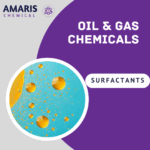 Surfactants(oil)
Surfactants(oil)
 Antibiotics
Antibiotics Active Pharmaceutical Ingredients
Active Pharmaceutical Ingredients Excipients
Excipients Vaccine Adjuvants
Vaccine Adjuvants Nutraceutical Ingredients
Nutraceutical Ingredients Solvents (pharmaceutical)
Solvents (pharmaceutical)
 Automotive chemicals
Automotive chemicals Pyrotechnic Chemicals
Pyrotechnic Chemicals


 Vulcanizing Agents
Vulcanizing Agents Accelerators & Retarders
Accelerators & Retarders Antidegradants
Antidegradants Reinforcing Agents
Reinforcing Agents Plasticizers & Softeners
Plasticizers & Softeners Fillers & Extenders
Fillers & Extenders Blowing Agents
Blowing Agents Adhesion Promoters
Adhesion Promoters

